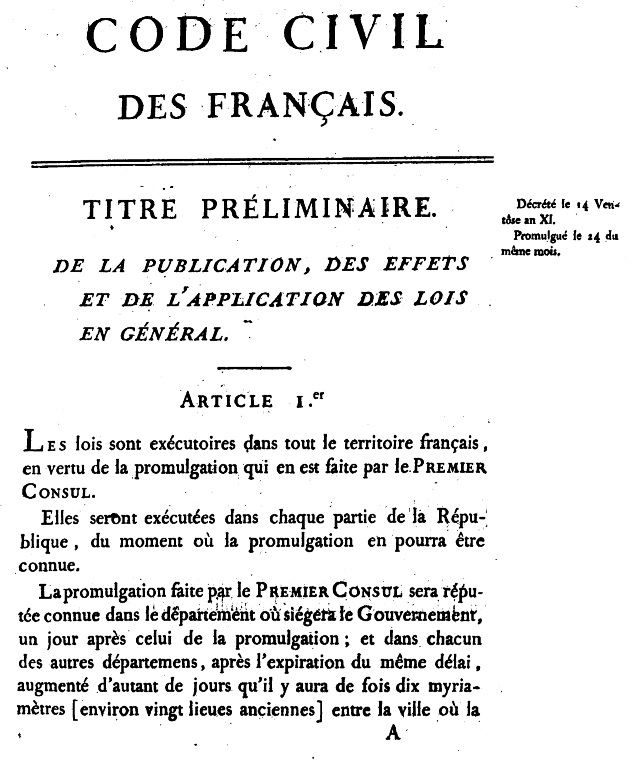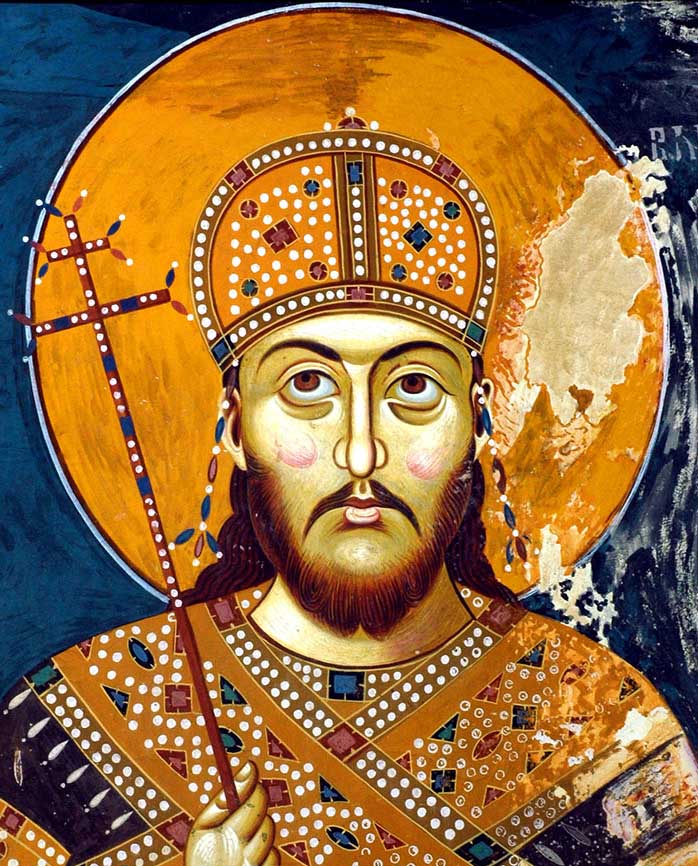|
Sebri
The ''sebri'' ( sr-cyr, себри) was the lower-half social class, commoners, of the medieval Serbian state. The status of the groups comprising the class was regulated in medieval code of laws, such as ''Dušan's Code'' (1349). It included several groups, mainly divided into: *The ''meropsi'' (меропси) or ''merophe'' (меропхе), dependent farmers. Other terms included ''zemljanin'' ("earthen an, from ''zemlja'', "land"), ''Srbljin'' (from the Serb ethnonym), or ''zemljani ljudi'' ("earthen folk"). They served either the ruler, the church, or nobility. Medieval sources allows for understanding the legal position of the church's meropsi, while that of the ruler's and nobility's ''meropsi'' is deemed insufficient. The fact that there were three groups implies that their status was not identical, however, it has been established that their status did essentially not differ. *The ''vlasi'' (власи) or ''pastiri'' (пастири), dependent shepherds. The multitude an ... [...More Info...] [...Related Items...] OR: [Wikipedia] [Google] [Baidu] |
Serbian Nobility In The Middle Ages
In the medieval Serbian states, the privileged class consisted of nobility and clergy, distinguished from commoners, part of the feudal society. The Serbian nobility (''srpska vlastela'', ''srpsko vlastelinstvo'' or ''srpsko plemstvo'') were roughly grouped into magnates (''velikaši'' or ''velmože''), the upper stratum, and the lesser nobility (''vlasteličići''). Serbia followed the government model established by the Byzantine Empire. The nobility possessed hereditary allodial estates, which were worked by dependent ''sebri'', the equivalent of Byzantine ''paroikoi''; peasants owing labour services, formally bound by decree. The nobility was obliged to serve the monarch in war. Hierarchy The nobility (''vlastela, vlastelinstvo'' or ''plemstvo'') of Serbia in the Middle Ages is roughly divided into magnates ('' velikaši'' or ''velmože''), nobility and petty noblemen (''vlasteličići''). Sometimes, the division is made between ''vlastela'' (including "great" and "small" ones) ... [...More Info...] [...Related Items...] OR: [Wikipedia] [Google] [Baidu] |
Vlachs In Medieval Serbia
In medieval Serbia a social group known as "Vlachs" ( sr, / ) existed. While the term Vlachs had more meaning, primarily denote the inhabitants of Aromanian origin and also dependent shepherds in the medieval Serbian state. Background Romance elements in the early Byzantine period Following Roman withdrawal from the province of Dacia at the end of the 3rd century, the name of the Roman region was changed to Dacia Aureliana, (later Dacia Ripensis); it extended over most of what is now Serbia and Bulgaria, and an undetermined number of Romanized Dacians were settled there. A strong Roman presence persisted in the region through the end of Justinian's I reign in the 6th century. Amalgamation of Slavs and Romans The Slavs, settling the Balkans in the 6th and 7th centuries, absorbed the Romanized populations over the centuries. Some Romance placenames survived Slavicization, such as the names of rivers and mountains. The Old Roman culture was preserved mainly in maritime Dalmatia, ... [...More Info...] [...Related Items...] OR: [Wikipedia] [Google] [Baidu] |
Vlachs
"Vlach" ( or ), also "Wallachian" (and many other variants), is a historical term and exonym used from the Middle Ages until the Modern Era to designate mainly Romanians but also Aromanians, Megleno-Romanians, Istro-Romanians and other Eastern Romance-speaking subgroups of Central and Eastern Europe. As a contemporary term, in the English language, the Vlachs are the Balkan Romance-speaking peoples who live south of the Danube in what are now southern Albania, Bulgaria, northern Greece, North Macedonia, and eastern Serbia as native ethnic groups, such as the Aromanians, Megleno-Romanians and the Timok Romanians. The term also became a synonym in the Balkans for the social category of shepherds, and was also used for non-Romance-speaking peoples, in recent times in the western Balkans derogatively. The term is also used to refer to the ethnographic group of Moravian Vlachs who speak a Slavic language but originate from Romanians. "Vlachs" were initially identified and des ... [...More Info...] [...Related Items...] OR: [Wikipedia] [Google] [Baidu] |
Commoner
A commoner, also known as the ''common man'', ''commoners'', the ''common people'' or the ''masses'', was in earlier use an ordinary person in a community or nation who did not have any significant social status, especially a member of neither royalty, nobility, nor any part of the aristocracy. Depending on culture and period, other elevated persons (such members of clergy) may have had higher social status in their own right, or were regarded as commoners if lacking an aristocratic background. This class overlaps with the legal class of people who have a property interest in common land, a longstanding feature of land law in England and Wales. Commoners who have rights for a particular common are typically neighbors, not the public in general. History Various states throughout history have governed, or claimed to govern, in the name of ''the common people''. In Europe, a distinct concept analogous to ''common people'' arose in the Classical civilization of ancient Rome aro ... [...More Info...] [...Related Items...] OR: [Wikipedia] [Google] [Baidu] |
Code Of Law
A code of law, also called a law code or legal code, is a systematic collection of statutes. It is a type of legislation that purports to exhaustively cover a complete system of laws or a particular area of law as it existed at the time the code was enacted, by a process of codification. Though the process and motivations for codification are similar in different common law and civil law systems, their usage is different. In a civil law country, a code of law typically exhaustively covers the complete system of law, such as civil law or criminal law. By contrast, in a common law country with legislative practices in the English tradition, modify the existing common law only to the extent of its express or implicit provision, but otherwise leaves the common law intact. A code entirely replaces the common law in a particular area, leaving the common law inoperative unless and until the code is repealed. In a third case of slightly different usage, in the United States and other ... [...More Info...] [...Related Items...] OR: [Wikipedia] [Google] [Baidu] |
Dušan's Code
Dušan's Code ( sr-cyr, Душанов законик, ''Dušanov zakonik'', known historically as ''Закон благовјернаго цара Стефана'' – Law of the pious Emperor Stefan) is a compilation of several legal systems that was enacted by Stefan Uroš IV Dušan of Serbia in 1349. It was used in the Serbian Empire and the succeeding Serbian Despotate. It is considered an early constitution, or close to it; an advanced set of laws which regulated all aspects of life. Background On 16 April 1346 (Easter), Dušan convoked a huge assembly at Skopje, attended by the Serbian Archbishop Joanikije II, the Archbishop of Ochrid Nikolaj I, the Bulgarian Patriarch Simeon and various religious leaders of Mount Athos. The assembly and clerics agreed on, and then ceremonially performed the raising of the autocephalous Serbian Archbishopric to the status of Serbian Patriarchate. The Archbishop from then on was titled Serbian Patriarch, although one document called him ... [...More Info...] [...Related Items...] OR: [Wikipedia] [Google] [Baidu] |
Serbs
The Serbs ( sr-Cyr, Срби, Srbi, ) are the most numerous South Slavic ethnic group native to the Balkans in Southeastern Europe, who share a common Serbian ancestry, culture, history and language. The majority of Serbs live in their nation state of Serbia, as well as in Bosnia and Herzegovina, Croatia, Montenegro, and Kosovo. They also form significant minorities in North Macedonia and Slovenia. There is a large Serb diaspora in Western Europe, and outside Europe and there are significant communities in North America and Australia. The Serbs share many cultural traits with the rest of the peoples of Southeast Europe. They are predominantly Eastern Orthodox Christians by religion. The Serbian language (a standardized version of Serbo-Croatian) is official in Serbia, co-official in Kosovo and Bosnia and Herzegovina, and is spoken by the plurality in Montenegro. Ethnology The identity of Serbs is rooted in Eastern Orthodoxy and traditions. In the 19th century, the Serbia ... [...More Info...] [...Related Items...] OR: [Wikipedia] [Google] [Baidu] |
Ethnonym
An ethnonym () is a name applied to a given ethnic group. Ethnonyms can be divided into two categories: exonyms (whose name of the ethnic group has been created by another group of people) and autonyms, or endonyms (whose name is created and used by the ethnic group itself). As an example, the largest ethnic group in Germany is Germans. The ethnonym ''Germans'' is a Latin-derived exonym used in the English language. Conversely, the Germans call themselves the , an endonym. The German people are identified by a variety of exonyms across Europe, such as (French language, French), (Italian language, Italian), (Swedish language, Swedish) and (Polish language, Polish). As a sub-field of anthroponymy, the study of ethnonyms is called ethnonymy or ethnonymics. Ethnonyms should not be confused with demonyms, distinctive terms that designate all people related to a specific territory, regardless of any ethnic, religious, linguistic or some other distinctions that may exist within the ... [...More Info...] [...Related Items...] OR: [Wikipedia] [Google] [Baidu] |
Synonym
A synonym is a word, morpheme, or phrase that means exactly or nearly the same as another word, morpheme, or phrase in a given language. For example, in the English language, the words ''begin'', ''start'', ''commence'', and ''initiate'' are all synonyms of one another: they are ''synonymous''. The standard test for synonymy is substitution: one form can be replaced by another in a sentence without changing its meaning. Words are considered synonymous in only one particular sense: for example, ''long'' and ''extended'' in the context ''long time'' or ''extended time'' are synonymous, but ''long'' cannot be used in the phrase ''extended family''. Synonyms with exactly the same meaning share a seme or denotational sememe, whereas those with inexactly similar meanings share a broader denotational or connotational sememe and thus overlap within a semantic field. The former are sometimes called cognitive synonyms and the latter, near-synonyms, plesionyms or poecilonyms. Lexicograph ... [...More Info...] [...Related Items...] OR: [Wikipedia] [Google] [Baidu] |
Slaves
Slavery and enslavement are both the state and the condition of being a slave—someone forbidden to quit one's service for an enslaver, and who is treated by the enslaver as property. Slavery typically involves slaves being made to perform some form of work while also having their location or residence dictated by the enslaver. Many historical cases of enslavement occurred as a result of breaking the law, becoming indebted, or suffering a military defeat; other forms of slavery were instituted along demographic lines such as race. Slaves may be kept in bondage for life or for a fixed period of time, after which they would be granted freedom. Although slavery is usually involuntary and involves coercion, there are also cases where people voluntarily enter into slavery to pay a debt or earn money due to poverty. In the course of human history, slavery was a typical feature of civilization, and was legal in most societies, but it is now outlawed in most countries of the wo ... [...More Info...] [...Related Items...] OR: [Wikipedia] [Google] [Baidu] |






